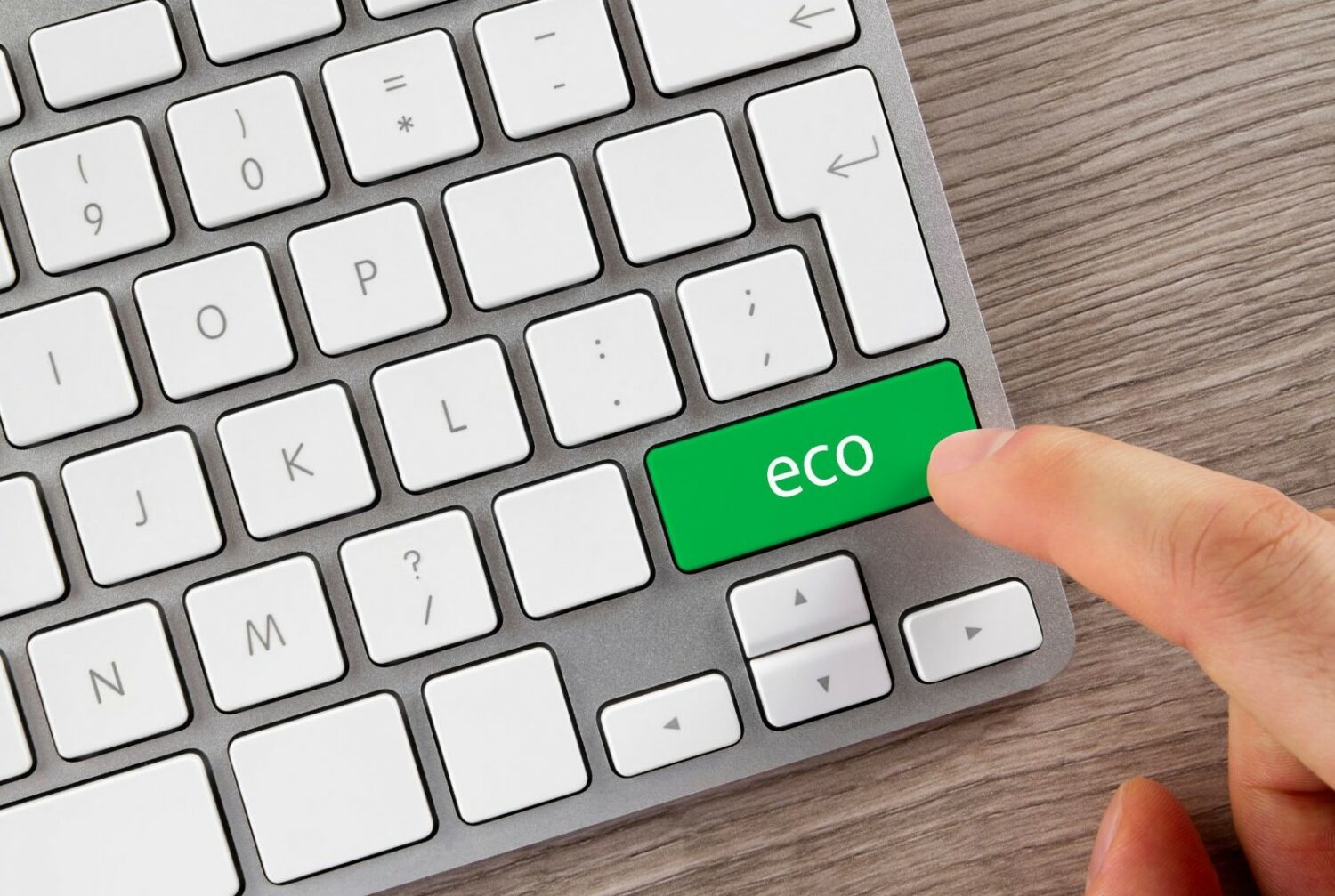Scientists and experts from the IPCC are clear: companies must limit their reliance on fossil fuels if we are to achieve carbon neutrality by 2050. From biomass to green hydrogen, large, medium, and small enterprises are engaged in the race for renewable energies.
However, there is often a blind spot when it comes to achieving this carbon neutrality: digital sobriety. And when it comes to digital communication and press relations, it's hard to imagine a PR agency replacing emails with paper envelopes. Yet, the French Agency for Ecological Transition (ADEME) is unequivocal: digital activities are responsible for 3.5% of CO2 emissions. This figure could double by 2025.
Considering that a journalist can receive up to 60 press releases in their email inbox daily, it seems prudent to question the environmental impact of email campaigns.
"Storage is the least polluting phase of electronic communications."
So, what is the carbon footprint of an email? You may have come across this comparison from an ADEME study: "emails sent in a company with 100 employees for a year represent the CO2 equivalent of 13 round-trip flights from Paris to New York," as illustrated by Les Echos in an article published on May 7, 2019. The seemingly innocuous action of sending an email or a press release thus appears more problematic than it seems.
However, the environmental impact of email on the climate is a subject of debate. According to Pierre Beyssac, a computer engineer and founder of a digital company, the figures on which the comparison with a transatlantic flight is based are incorrect. "The ADEME study at the time assumed that the weight of the email was mainly due to the electrical consumption of the PC on which it is viewed. They made methodological errors. Yet, the numbers continue to circulate," he warns.
According to this expert, the carbon footprint of an email is relatively low. "For a company, it's the equivalent of the annual consumption of one or two refrigerators," clarifies Pierre Beyssac. According to Clarisse Popower, founder of Green Makers, a digital responsibility consulting firm that assists marketing and digital communication professionals, to understand the real impact of a digital press release on the environment, it needs to be considered as part of a lifecycle. For sending an email, there are more or less polluting phases.
"The writing of an email is the most polluting task because it is composed on a computer that had to be manufactured and is energy-intensive," she indicates. Following that is the data transport, which corresponds to the energy used to deliver the email to the recipient. "Think of it as an electrical impulse traveling through immense underwater cables. An email can cover up to 15,000 kilometers," adds Clarisse Popower. In the third place, we find the reading of the email, and lastly, the infamous storage. "A myth needs to be debunked: storage is the least polluting phase of electronic communications," she emphasizes.
This "myth" of polluting storage is embodied by the famous data centers, these data storage facilities that secure, manage, and share stored data. According to the Greenly platform, data centers emit 2% of global greenhouse gases, and in France, it rises to 14%. The reasons include energy-intensive installations and the mobilization of non-renewable resources such as cobalt. Nevertheless, for Stéphane Bortzmeyer, a computer scientist and network specialist, "calculating the consumption of data centers doesn't make sense. Previously, this process was integrated into companies. Was it better? Probably not. Data centers optimize this process." An opinion shared by Pierre Beyssac: "It's an efficiency gain compared to what we did before. It also avoids running wires."
Tools for a more sustainable PR campaign
While our experts agree that press release distribution should not be demonized, there are certain practices to implement a more environmentally friendly digital press relations campaign. Clarisse Popower points out that it is possible to act on four dimensions:
- Different formats within the press release. The larger the attachment, the greater the environmental impact of the email. The same applies to videos within a press release: "the longer the viewing time, the heavier the email," she emphasizes.
- The type of network used to compose and read the email. "Mobile networks consume five times more than Wi-Fi networks," reminds Clarisse Popower.
- The device used to compose and read the press release: a smartphone will be less polluting than a computer.
- The number of recipients.
For example, "a short email without an attachment (10 KB) composed and read on a smartphone with a 4G connection, sent to one recipient, is 0.4 gCO2e," while a short email "without an attachment (10 KB) composed on a computer with a Wi-Fi connection, sent to 10 recipients, is 4.9 gCO2e," as reported by the Sami website.
Pierre Beyssac emphasizes that tracking systems, such as tracking the delivery of a press release, are generally quite resource-intensive and advises avoiding them if possible. The computer engineer adds, "There is an interesting approach that does not have a direct energy impact but can save on hardware, which is eco-design. By creating a lightweight email with a low image resolution that can be read on old phones or old PCs, it prevents people from being pushed to change their equipment or phone every two years!" From the sender to the receiver, including storage, there is still much work to be done in the digital realm to achieve more energy-efficient communications.
Benjamin Bruel
